Matcha And Sencha: Charms That Reset Your Mind And Body
Japanese Green Tea "Matcha" And "Sencha": Charms That Reset Your Mind And Body
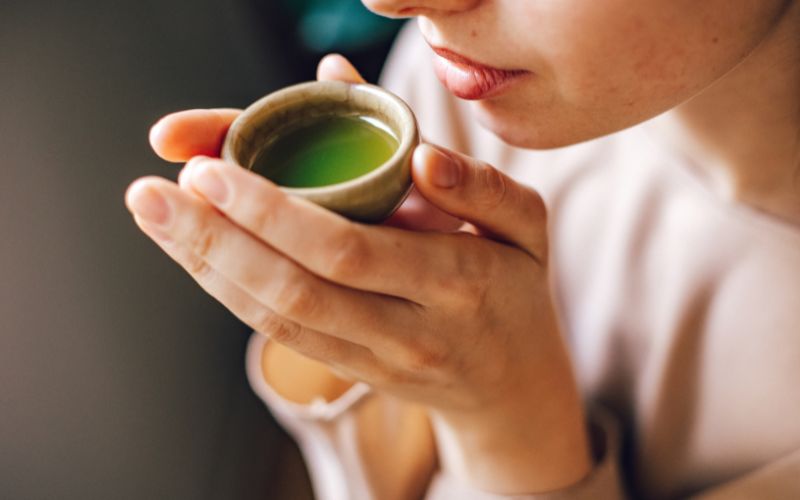
Matcha, which is also popular overseas, surprisingly, many Japanese people don't know the difference between "Matcha" and "Sencha."
You might think that Matcha is finely powdered green tea, right?
Actually, Matcha and Sencha are completely different.
This time, let's explore the differences between Matcha and Sencha.
Difference between Matcha and Sencha ① Making process
Both Matcha and Sencha are types of green tea.
Green tea refers to unfermented tea leaves, which are manufactured without fermentation, and includes various teas such as Sencha, Gyokuro, Bancha, Matcha, and Hojicha.
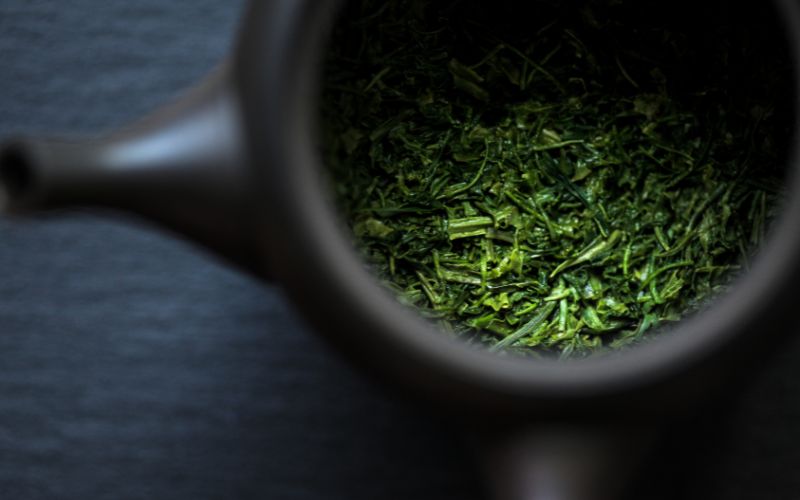
However, Matcha has a slightly different production method from other teas.
Sencha, commonly consumed, is produced by steaming the tea leaves that have been grown freely under the sunlight and then drying them while rolling.
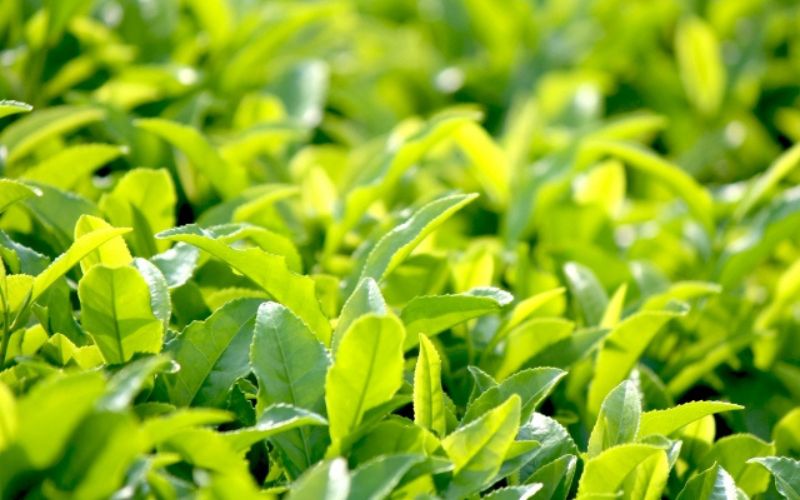
On the other hand, Matcha uses Tencha, a type of tea.
Tencha is made by covering the tea leaves with straw or a special black sheet for about 20 days to shade them from sunlight before harvesting, then steaming and drying them.
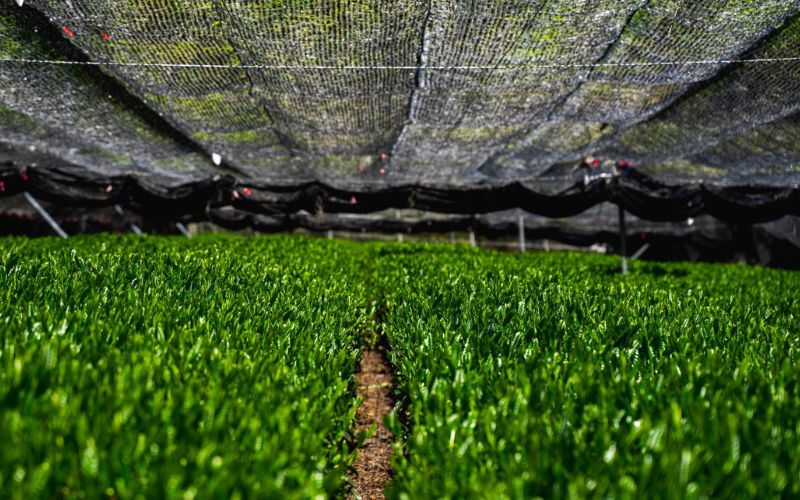
Grinding this produces Matcha. Due to the labor-intensive process, Matcha tends to be more expensive.
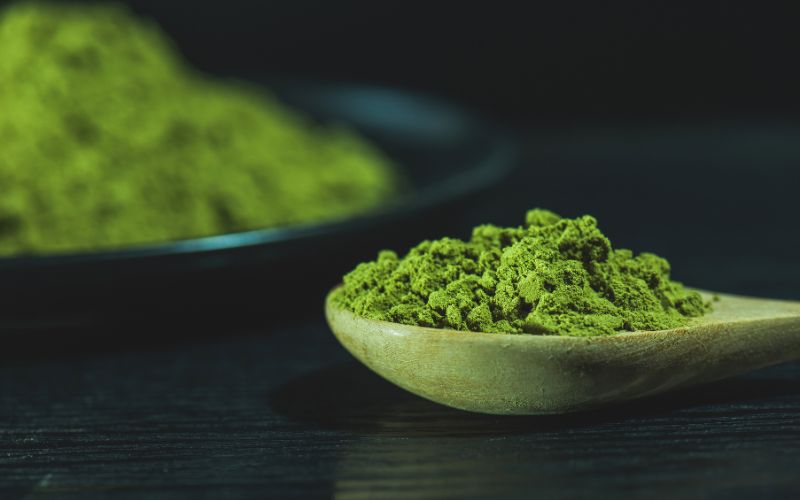
Difference between Matcha and Sencha ② Components
Green tea contains a lot of catechin.
Catechin is the component responsible for the bitterness of green tea.
On the other hand, during the production of Matcha, shading the tea leaves results in a darker color and reduces bitterness.
Additionally, Matcha is characterized by containing a high amount of theanine, which enhances its umami flavor.
The rich umami flavor is perhaps why Matcha is loved worldwide.
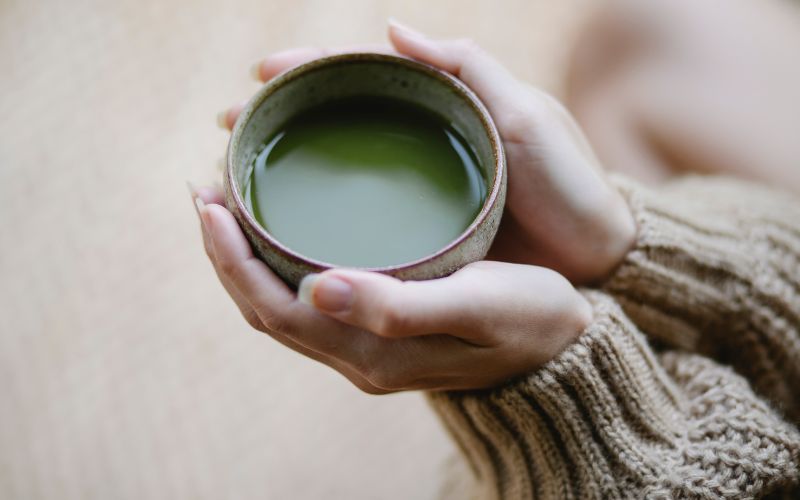
Although Sencha and Matcha may appear similar, not only are their production methods different, but their components also vary.
Valuing the time to brew tea
On busy days when you're feeling restless or when your spirits are low, taking a moment to brew tea for yourself can be a great mood lifter.
While convenient bottled or teabag options dominate, the act of brewing tea in a teapot, warming the vessel, and sipping tea at the right temperature can help calm a tired mind.
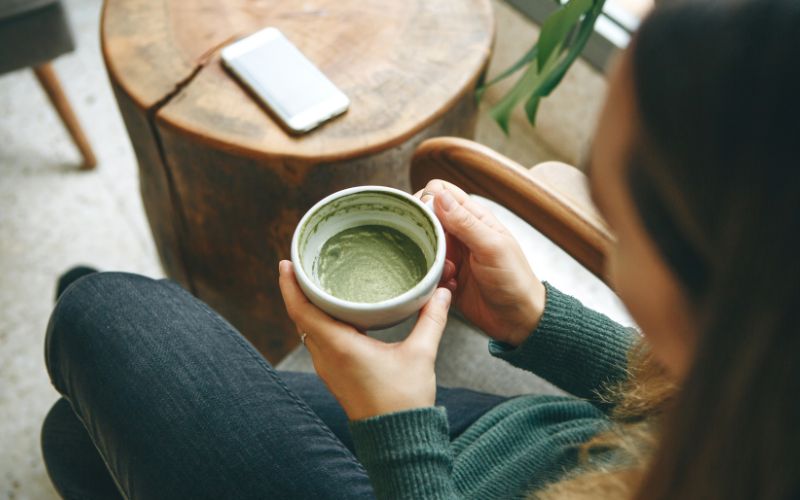
There's a saying attributed to Sen no Rikyū: "Chanoyu (tea ceremony) is simply to boil water, make tea, and drink it."
Boil water, put tea leaves in the teapot, and pour from the pot into the teacup. Just focus on that.
This approach resembles the Zen attitude of observing each moment, each emotion that arises.
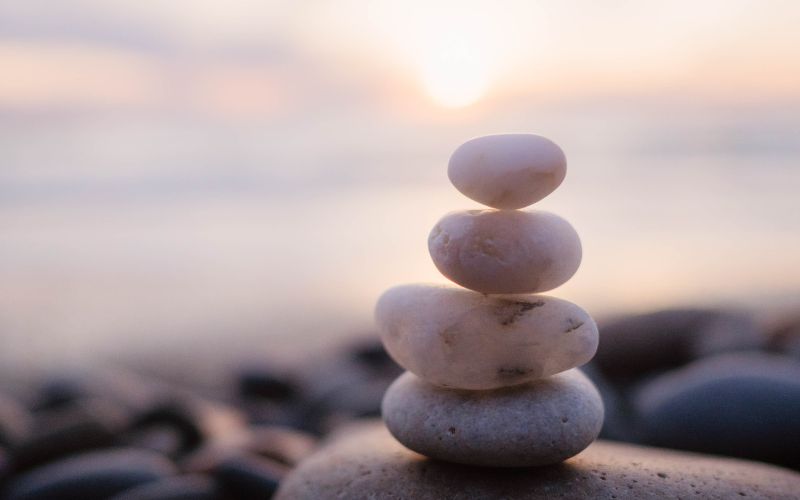
Simply engaging in the act of brewing tea attentively, without any other distractions, leads to a delicious cup.
This is because through this process, you become more attentive to small details, such as the condition of the tea leaves and the temperature of the water.
Enjoying Matcha easily with "Table Tea Ceremony"
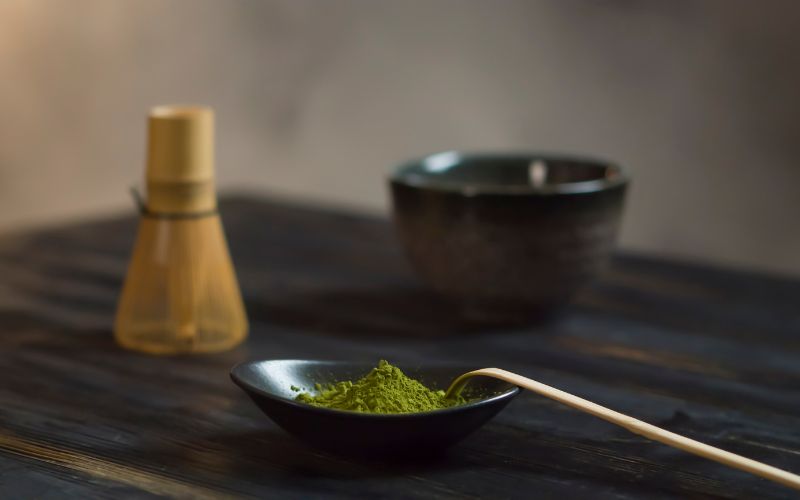
Matcha is gaining attention worldwide as a "superfood"born in Japan, packed with beneficial nutrients like over four times the vitamin C found in oranges.
However, let's be honest: setting up equipment or learning formal tea ceremonies to enjoy Matcha at home can seem daunting.
But for casual enjoyment at home, it doesn't need to be that complicated.
With a Matcha whisk, you can easily enjoy Matcha at home.
Simply boil water, put a light teaspoon of Matcha in a tea bowl (a rice bowl or a café au lait bowl will do!), pour in about 60-70ml of slightly cooled water, and mix with the whisk.
Since many people have posted videos of making Matcha on video-sharing sites, it's worth watching one.

Taking the time to brew Sencha attentively to soothe the mind, and incorporating Matcha easily to care for the body.
Why not try incorporating Sencha and Matcha into your daily life to reset your mind and body?"
Why don't you create your own matcha product?
We offer private labeling on our high-quality authentic organic Japanese matcha green tea powder!
Visit our store on Amazon.com to explore aithentic Japanese foods that go well with Japanese matcha green tea!

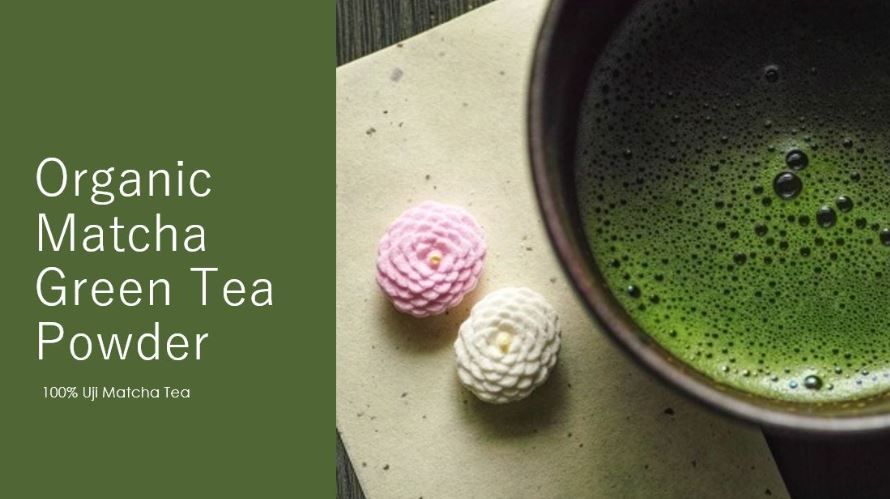

Facebook Comments